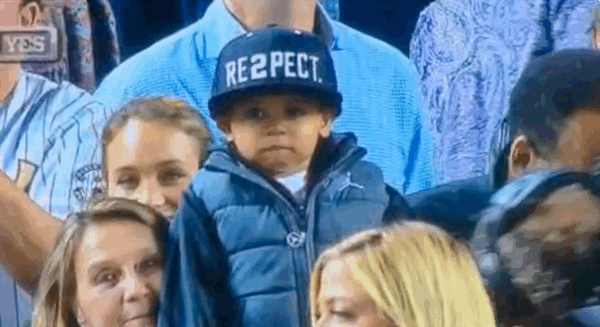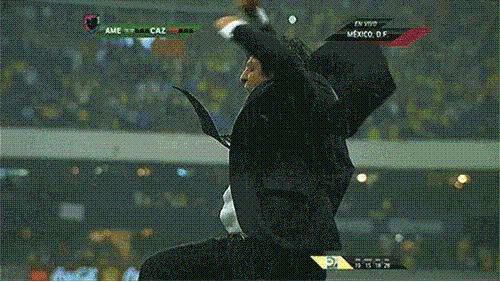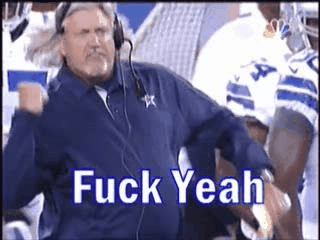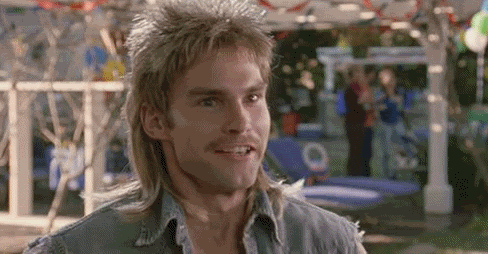“Money, it’s a gas
Grab that cash with both hands
And make a stash”
- Pink Floyd
Cha-ching, what a wonderful sound.
At Sincerely, we constantly survey our customers to see how we are doing. Sincerely creates a suite of mobile apps that allow customers to send photos from their phone as real, physical postcards, as well as curated gift sets. We focus on finding customers that are similar to our best customers. We ask questions like, “How would you feel if Postagram did not exist?” and “How did you find out about Postagram?”. Our best customers respond to our surveys with answers like “I would be extremely sad if this product didn’t exist” and “I couldn’t live without this product”. How they find out about Postagram though, is all over the board.
Traditionally, most companies experiment with various marketing channels to reach said customer. You’ll find marketing/growth teams across the country looking into ad networks, PR, comparing CPIs (cost per install), optimizing their site’s SEO, creating content strategies, running contests, attempting to make videos go viral, etc. The marketing spend is varied but with one goal in mind, for every dollar you spend, you return a value equal to or higher than the spent dollar. When you find the marketing channel that delivers customers that can return high long-term-value (LTV), you then hammer that channel to death. In the mobile world we’ve seen companies manipulate app store rankings, offer their apps on free app of the day offers, and of course buy tons of inventory on ad networks.
Most of those tactics need a war chest that Captain Jack Sparrow would envy. Startups are resource constrained, Sincerely included, so we need to be creative with our marketing. We need to make every dollar count and make sure when spent, it delivers value. What if we don’t have money? Is there a way for us not to spend money and get marketing value? Why not have people pay us? So instead of a marketing spend, we often think about marketing revenue. Essentially working with companies that give us their marketing dollars.
Our Marketing Revenue Strategy
1) Identify potential partners that find value in the products you’ve created.
2) Figure out how to get in front of them and offer an experience that is unique, engaging, and valuable to them and their customers.
3) Create an outcome that is a win-win for everyone.
So let’s put this into practice.
For us, we have a few products that makes it ideal to work with pretty much any company in any industry that has a marketing budget that they need to spend. We’ve worked with car companies, fashion brands, search engines, airports, car share companies, comic books, real estate agents, artists, car salesmen, e-commerce companies, non-profits (before Apple told us to stop), hotels, and most recently a sun tan lotion company. We provided value by allowing customers to send branded postcards using Postagram, Ink, and even curated gift sets with Sesame.

Vote by Shepard Fairey with Ink Cards
In all these partnerships, we thought about the value of their audience, the value of the cash we could make, the development time and most importantly weighed that against the costs of distraction and opportunity of not working on other projects.
Some of the deals we created started out as minimum viable products (MVPs) that usually made above break even. After launching the MVP, we would try to sell the product to other brands. If we could sell more deals, we would then dedicate more development time to improve the product using the money from the new partnership. We were fortunate in that we never built anything without a launch partner usually acquired through an inbound or outbound request. Having launch partners will help you get through the customer development cycle fast and ensure that you have a check made out for the development work.
Experimenting with Sponsored Mobile Photo Teams
For example, we made a product called Postagram Engage. It was a product that allowed mobile photo teams to work at events by taking pictures of guests and then sending said guest a Postagram. It was way more engaging than a typical photo booth at an event and it had high post event activation with a postcard arriving in the mail a few days later. There was positive nostalgia with the brand when it was associated with a photo they care about. Direct mail has a less than 1% open rate. In our Engage campaigns, we had over 70% opt-in. People want good mail and we gave it to them through our Engage partnerships.
Engage was a ton of fun but ultimately it didn’t scale and we deadpooled it. In terms of cash, we broke even on building and managing the product. But the real value we got was being able to take the team onworkcations to Park City and Hawaii, going to really awesome events like Comic-Con and Outside Lands, representing awesome partners at their event booths (not having to pay the crazy booth fees), and marketed Postagram to a whole new group of customers that we wouldn’t normally have had access to. Cha-Ching.
Experimenting with Direct Mail via Facebook Apps
We learned a lot from Engage, namely that direct mail is a valuable channel that needs to scale with good mail. We ended up in conversations with Gap and their need for allowing their customers to create branded holiday cards leveraging social media. So we created a new product called Postagram Direct and launched it over the holiday season. Direct allows brands to create a custom Facebook App that allows customers to send branded Postagrams to their friends and family using their Facebook photos. If they share this experience to their wall, they get another free card. Over 50% of the people that made a postcard, shared the experience on the wall (yay, virality). It’s a scalable product, associates the brand with a customer’s photos, and they get visibility on customer’s Facebook wall. Our partners are happy and we are too. Direct campaigns usually gain us a ton of co-marketing through the brand’s email list, social media outreach, and even some press. Direct was a success and we continue to spin up campaigns for brands that want to be on refrigerators and desks across the country.
So how can we take this a step further and really make good mail available for everyone? We’ve been able to get marketing at events, marketing on social media, and I believe we were ready to take on marketing within our own app.
Experimenting with Creating our own Ad Unit
For a while now, we’ve allowed new customers to send 5 free Postagrams to their friends and family. It’s a way for the customer to try out the product, see the value, and hopefully get a lifelong customer. Each one of these free cards costs us money though and there is no guarantee they would be a lifelong customer. How could we continue to offer these free cards and not incur the costs? What if we could have brands sponsor these cards? We would then eliminate the cost that we would need to bear and we would make money through selling this advertising opportunity.
So we created an in-app promo unit and sold the summer inventory to Coppertone. It’s a wonderful sponsorship using an advertising unit we created. Coppertone gets on fridges all over the country during their most important season with positive association with their customers’ memorable summer moments. For Sincerely, we also get Postagram on more fridges, continue to offer free cards to our customers, and instead of incurring marketing costs, we get to make some money.

Coppertone in-app Postagram promo
Moving Forward
So take a look at your products, take stock of what you provide for your customers, see if there is a way to have partners pay you for getting in front of your customers or if you can help them with a tool you’ve built. Speak with your customers and these brands and figure out how you can create win-win situations for everyone. There may be a way to make money from your marketing.
Cha-Ching.
Huge thanks to Matt Brezina (CEO) & Sylvia Yam (our VP of Business Development) on crafting these deals and our engineering team for building them.









 Vote by Shepard Fairey with Ink Cards
Vote by Shepard Fairey with Ink Cards Coppertone in-app Postagram promo
Coppertone in-app Postagram promo



